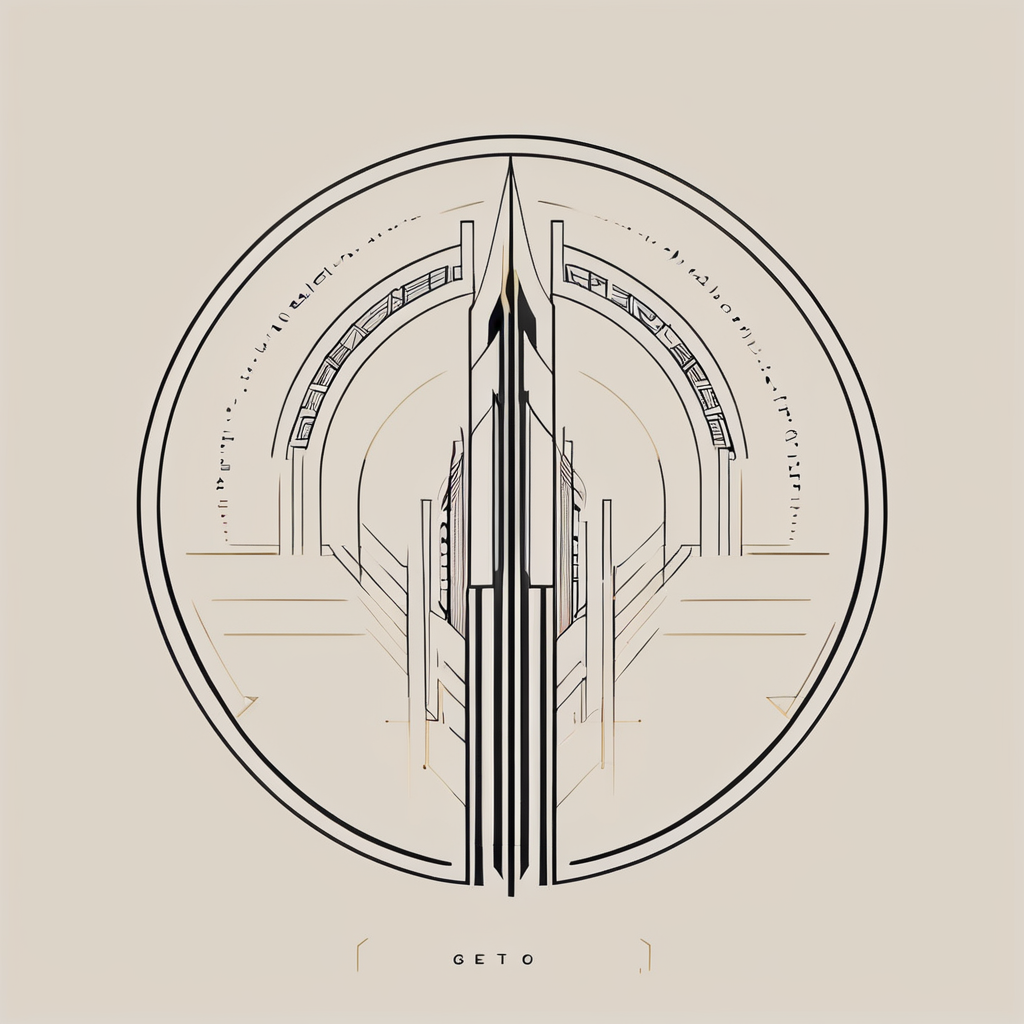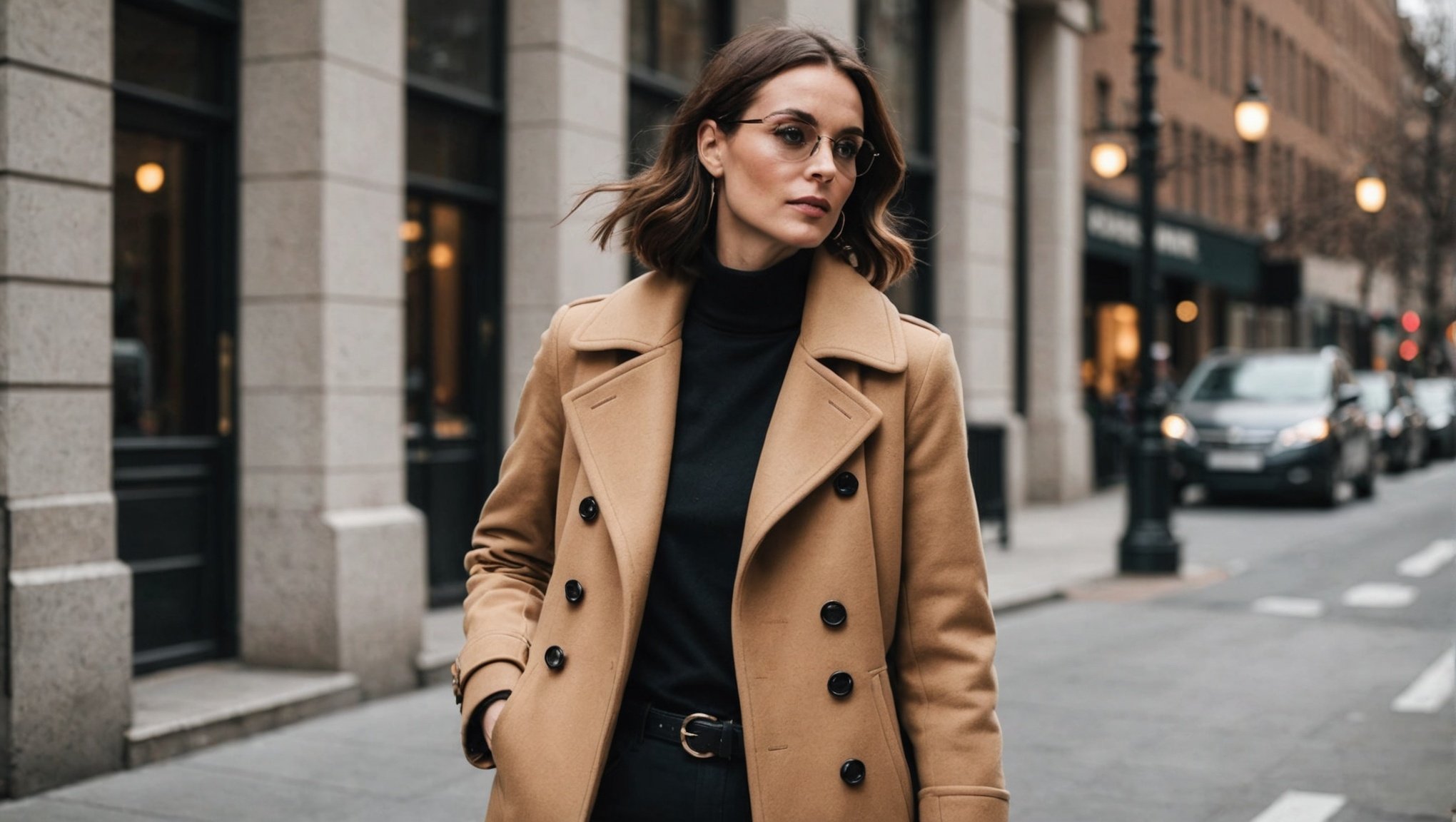Understanding Professional Winter Coats
When it comes to professional winter coats, selecting a style that offers both functionality and a mirrored aesthetic is crucial. Winter coat styles vary significantly, yet the key is finding a balance between practical warmth and visual appeal. This balance is essential for ensuring professionals remain both comfortable and stylish during the colder months.
Professional coats designed for winter must withstand harsh weather, providing insulation and protection against wind and moisture. Yet, they shouldn’t sacrifice style. Coats crafted from quality materials, like wool or cashmere, offer natural warmth while maintaining a sophisticated appearance. Styles such as tailored peacoats and trench coats are timeless, blending easily with formal attire.
Also to see : Transform your professional attire: innovative styling tips for a satin midi skirt at corporate functions
The choice of a winter coat also heavily relies on individual professional needs. For someone constantly on the move outdoors, a heavier coat with additional layering options might be best. Conversely, a professional who spends more time indoors may prefer a lighter, more breathable option.
Ultimately, when selecting professional winter coats, it’s vital to ensure the coat aligns with one’s specific climate and work requirements. This way, professionals can navigate winter weather confidently while maintaining their preferred fashion statement.
Additional reading : Transform your wardrobe: stylish tips for rocking a bodycon midi skirt at fashion industry meetings
Choosing the Right Fabric
Selecting the right winter coat materials is crucial for staying comfortable, dry, and warm throughout the chilly months. Various fabric types are available, each with benefits and drawbacks. Wool, a natural fabric, is known for its excellent insulation and breathability. It retains warmth even when wet and adds a touch of elegance suitable for professional settings. Additionally, wool’s natural fibres provide durability and longevity.
On the other hand, down fabric offers superior insulation through its lightweight and compressible properties, making it a favourite for extremely cold climates. However, its performance significantly drops when wet, leaving it less ideal for damp weather. Synthetic coats, often made from polyester or nylon, provide moisture resistance, maintaining insulation even in wet conditions. They’re a practical choice for those needing versatile outerwear with reliable water resistance.
When choosing a winter coat, consider the level of insulation needed based on your location and activities. Breathability is essential, particularly in professional settings where comfort can influence performance. Prioritise fabric types that balance warmth with breathability, ensuring you don’t overheat or feel restricted during daily activities. Understanding these elements helps make an informed decision, keeping you both warm and stylish through winter.
Finding the Perfect Fit
Selecting the perfect coat is all about balancing style and functionality, and nailing the fit is crucial to achieving both. Coat fitting tips are vital to ensure your coat not only provides adequate warmth but also enhances your appearance.
Key measurements such as shoulder width, chest circumference, and arm length are essential when choosing a coat. These dimensions help ensure that your coat fits comfortably without being too tight or too loose. For instance, a well-fitted shoulder prevents the coat from looking oversized, while an appropriate chest circumference allows for layering without discomfort.
A sizing guide can be invaluable in this process, providing a detailed overview of different sizes and how they align with your measurements. It’s always beneficial to consult such guides, especially when shopping from different brands, as sizes can vary across manufacturers.
When off-the-peg options don’t match your exact needs, tailoring becomes the go-to solution. Professional tailoring can modify your coat to achieve the ideal fit, accommodating any unique body proportions. This could involve adjusting hemlines, bringing in waistlines, or altering sleeve lengths to ensure the jacket drapes appropriately. Tailoring transforms any coat into a custom-made piece, ensuring style without compromising on functionality.
Coordinating with Work Attire
Selecting the perfect coat to complement your professional wardrobe can elevate your overall work look. When it comes to matching coats with outfits, choosing neutral shades like black, grey, or navy can provide versatile options. These colours easily match various styles without overwhelming your ensemble. When striving for a cohesive display, consider the fabric texture—smooth wool coats can provide a polished look while textured materials add depth.
To maintain adaptability, consider incorporating layers. Layering not only ensures warmth but also brings versatility through varied looks. Pairing a coat with a thin cashmere sweater or a lightweight blazer can create a sophisticated look while allowing easy adjustment for changing weather or office climates.
Thinking about color coordination helps define your style. If your work attire leans towards dark tones, a brightly coloured scarf or a coat with a subtle pattern can be the perfect addition to freshen up the look. When working with lighter palettes, opt for darker outerwear to add contrast and emphasis.
Remember these style tips:
- Blend textures for added flair.
- Select versatile colours for easy coordination.
- Layer intelligently to adapt to climate needs effortlessly.
Seasonal Trends in Professional Coats
The current trends in professional winter coats reflect a balance between style and functionality. This season, professional coat styles are showcasing sophistication with modern cuts and unique textures. Lean toward timeless designs to ensure versatility and longevity in your wardrobe.
Popular Color Palettes and Styles
This year’s winter fashion trends introduce a range of trending colors that uplift traditional business attire. Expect to see rich, warm hues like deep forest greens and classic burgundy that lend an air of elegance to any professional ensemble. Neutral tones such as slate grey and camel are also prominently featured, offering a classy and understated appeal. The coats are not just practical but a statement piece that anchors your winter wardrobe.
Influence of Fashion Trends on Professional Attire
Fashion trends heavily influence what is deemed acceptable and stylish in professional attire. Incorporating trending colors and professional coat styles allows individuals to stay current while maintaining professionalism. These evolving trends encourage a fusion of comfort and fashion, making professional winter coats not just a necessity, but a form of personal expression. Adopting these styles and colors can enhance your confidence and presence in the workplace.
Top Brands for Professional Winter Coats
Finding the ideal winter coat entails considering hallmark qualities such as warmth, durability, and style, balanced against cost. Among the numerous coat brands in the market, a handful stand out for their exceptional quality and brand reputation.
Start with Canada Goose, a leader known for its expertly crafted parkas. While premium-priced, they offer unparalleled warmth and durability — key considerations for those prioritising quality above all.
Patagonia also gains considerable attention. This brand focuses on sustainability without compromising performance. Despite moderate pricing, its products enjoy high customer satisfaction, a testament to their durable materials and innovative designs.
For those seeking elegance, Burberry commands attention. Their timeless designs are not only aesthetically pleasing, but offer reliable protection against the harshest winter conditions.
Emphasising affordability, Columbia offers quality options that are both functional and favoured for their innovative insulation technology. This balance between price and quality makes Columbia popular among budget-conscious consumers.
In summary, while Canada Goose, Patagonia, Burberry, and Columbia offer various strengths and price points, all hold a strong reputation in the market. Choosing the right brand necessitates weighing personal priorities, budget, and style preference, ensuring a coat that’ll keep you warm while providing lasting satisfaction.
Additional Considerations
When it comes to ensuring the longevity of your coat, proper care is paramount. Maintenance goes beyond the standard cleaning routines — it’s about understanding the material’s specific needs. For example, wool coats benefit from gentle brushing and proper storage to avoid felting. Regularly check for any signs of damage or wear to address problems early.
Practical Features to Look For
When shopping for a new coat, it’s crucial to consider practical features that enhance both usability and lifespan. Pockets are more than a convenience; they can prevent overstuffing and preserve the coat’s shape. Look for high-quality linings as they provide extra comfort and year-round versatility. Removable linings are especially beneficial, allowing you to adapt to changing seasons.
Checklist for Evaluating Purchases
Here’s a simple checklist to help you assess potential coat purchases:
- Inspect the material and its maintenance requirements.
- Test the functionality and durability of zippers and buttons.
- Evaluate the coat’s fit and mobility.
- Consider the presence of features like adjustable hoods or cuffs.
These considerations not only extend the life of your coat but also ensure it meets your practical needs, allowing you to make an informed decision that blends style with functionality.
FAQs and User Engagement
Selecting a professional winter coat involves considering various factors that align with your needs. Coat selection FAQs often arise, such as: What materials offer the best warmth? Most experts advocate for wool or down, which are renowned for their insulating properties. The right choice depends on climate and personal preference.
To maximise user engagement, explore user guides that offer a step-by-step approach. Harness the potential of interactive content like checklists to simplify decision-making. For instance, users can benefit from a checklist that includes considerations like fit, style, and functional requirements. Engaging in these activities not only aids in finding the right coat but also enhances your experience.
Moreover, gathering feedback and sharing experiences is crucial. Encourage fellow readers to contribute their insights, creating a community of shared knowledge. This exchange can provide fresh perspectives and additional tips and tricks for coat selection, ensuring a well-rounded decision process.
Incorporating these simple practices into your coat selection journey can elevate your experience, ensuring you make informed and satisfying choices. Through community engagement, you’ll discover practical tips and tricks others have found invaluable on their coat selection journey.




